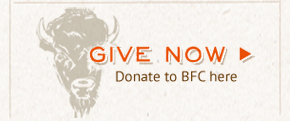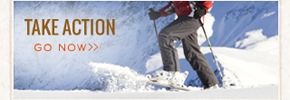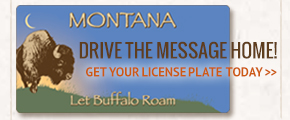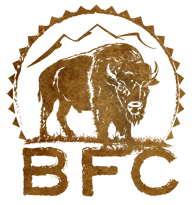Within two days of our last Update from the Field, nine buffalo were shot and killed on their newly gained year-round habitat between Horse Butte and the western boundary of Yellowstone National Park. They had barely been around for a day before word got out and hunters came for them. For a little while the buffalo were safe on buffalo-friendly land where hunting is prohibited. But soon they had ventured onto National Forest land and hunters wasted no time. Six bulls were taken on a single day, and the remaining buffalo — approximately sixty — headed for the safety of Yellowstone. On their way there, another three were killed. The surviving buffalo continued east into Yellowstone, where they now remain, leaving not a single wild buffalo in Montana. And, who can blame them? When the welcome you receive after bringing your family through a long journey is gunfire, of course, you’re going to seek safety to protect your kin. BFC volunteers often get blamed for hazing buffalo away from hunting areas — much like wolves get wrongly blamed for “eating all the elk” when lazy hunters can’t find easy prey from the comfort of their pickups. Yet the buffalo are not stupid, and it is perhaps a testament to human intelligence to believe that they — or any creatures — are just going to stand around and have their families gunned down. At the same time, it is not necessarily the hunters who are to be blamed, for they have been convinced by people they trust that the lies the government tells are true.
This race-the-trap hunting, and Yellowstone’s capture for slaughter, are based on the (false) premise that wild buffalo are over populated. Nothing could be further from the truth. Yellowstone claims that the current population is now estimated at around 5,500. We believe this number to be inflated. From a fecund sixty million roaming nearly the entire continent, whittled down to a fluctuating population between 3,000 and 5,500, politically locked inside Yellowstone, and that being deemed “overpopulated" is to fall prey to the concept of declining baselines. It’s as if the government is using the twenty-three individual buffalo who survived the shameful slaughter of the 19th century as the baseline population, when, instead, thirty million is where our true comparison begins. A baseline is the number of individuals comprising a species *before* human exploitation. Clearly, there is no overpopulation of wild buffalo. Not even close. Additionally, the livestock industry driven population objective that the Interagency Bison Management Plan decision-makers have put forth — 3,500 buffalo — is not based on carrying capacity, or how many buffalo their habitat can support, but on politics. This number is something the Montana Department of Livestock came up with as a matter of convenience. Yellowstone buffalo have never come close to reaching the carrying capacity of the Park, which Yellowstone biologists have determined is at least 6,500-7,000 buffalo. That’s just within park boundaries and doesn’t include the tens of thousands more buffalo who would be be supported on all the public (treaty) lands immediately surrounding Yellowstone, and millions more beyond.
When Yellowstone claims they have to kill to get rid of “surplus” buffalo, what they really mean is that they are serving the political agenda of Montana’s cattle industry. And when hunters come to kill as many as they can because Yellowstone is "going to kill them anyway," they are allowing themselves to be manipulated, falling prey to the false premise that there are too many wild buffalo and that they must be killed. Hunters have a serious responsibility to the animals who sustain them. It is irresponsible to take the government’s word without asking the buffalo what they require. And if you are going to do the honorable thing and ask that question, you have to listen to the answer and respond accordingly. How will it be the next time wild buffalo migrate into Montana, either into the western Hebgen Basin, or the Gardiner Basin in the north? Will hunters ask the buffalo what they need? Will they challenge the six-months of firing-line style hunting? Will they challenge the trap? Will they demand more buffalo on the larger landscape? Or will it be business as usual, with hunters swarming in blindly in a race against the trap, doing the bidding of the cattle industry? That is the only thing stopping us from living in a world where wild buffalo roam freely and again live in relationship with the land and her people.








